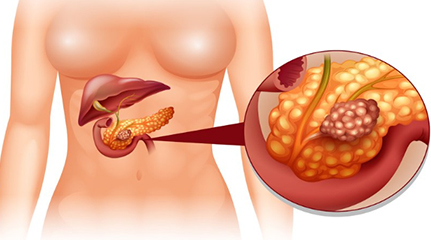Whipple surgery types
There are three main techniques to carry out the Whipple surgery.
Open Surgery
During an open procedure, the surgeon makes an abdominal incision to establish access to the pancreatic. The most prevalent and well-studied kind of Whipple surgery is open surgery.
Laparoscopic Surgery
A less intrusive variation of the Whipple technique is laparoscopic surgery. Special instruments are inserted through a tiny incision in the abdomen. These tiny devices have a camera that will transmit videos to a monitor so the surgeon may be guided while performing the procedure.
Robotic Surgery
Robotic surgery is a type of minimally invasive surgery in which tiny incisions are made in the abdomen and surgical instruments attached to a robot are deployed. The surgeon operates the robotic arms from a console while observing video of the organs. The advantage of this type of surgery is that the tiny robotic arms can access places and make little modifications that human hands cannot.
- There are certain disadvantages to minimally invasive surgical treatments, despite the fact that they have a lower risk of infection and blood loss and a speedier recovery period.
- Both robotic and laparoscopic surgeries take longer to complete than open surgeries, which are more taxing on the body.
Additionally, there is a chance that a minimally invasive technique can encounter problems that force the physician to revert to open surgery to complete the procedure.
Depending on the situation, the surgeon may consider a variety of options when deciding how the treatment will proceed. Options consist of:
- Surgery to remove tumors or treat conditions in the pancreas body and tail.
- Complete pancreatic removal through surgery.
Surgery to treat tumors that are close to blood arteries.
If the tumors involve surrounding blood arteries, many patients are not deemed candidates for the Whipple procedure or other pancreatic surgeries.
Additionally, blood vessel fragments are removed and rebuilt during the treatments.


